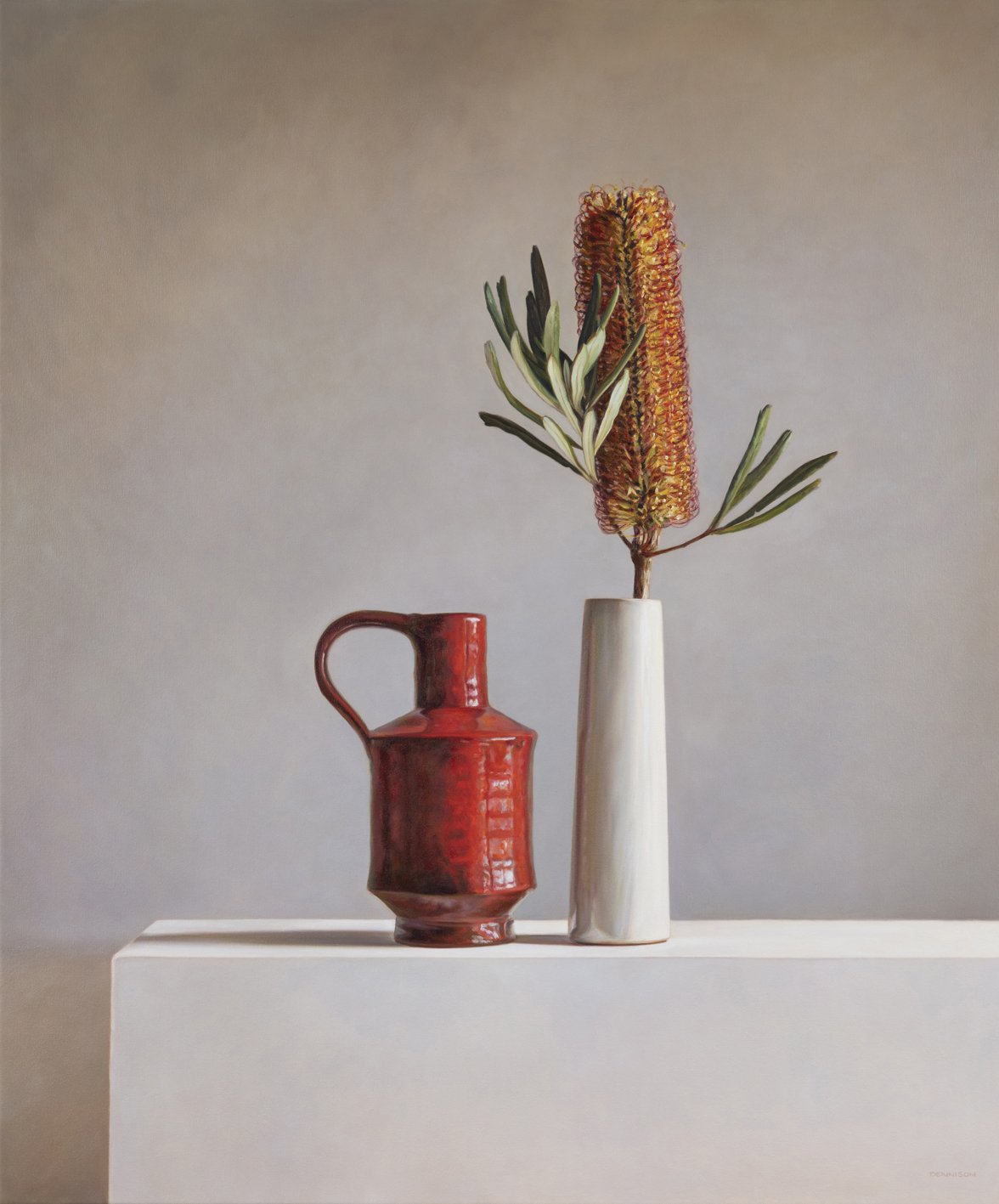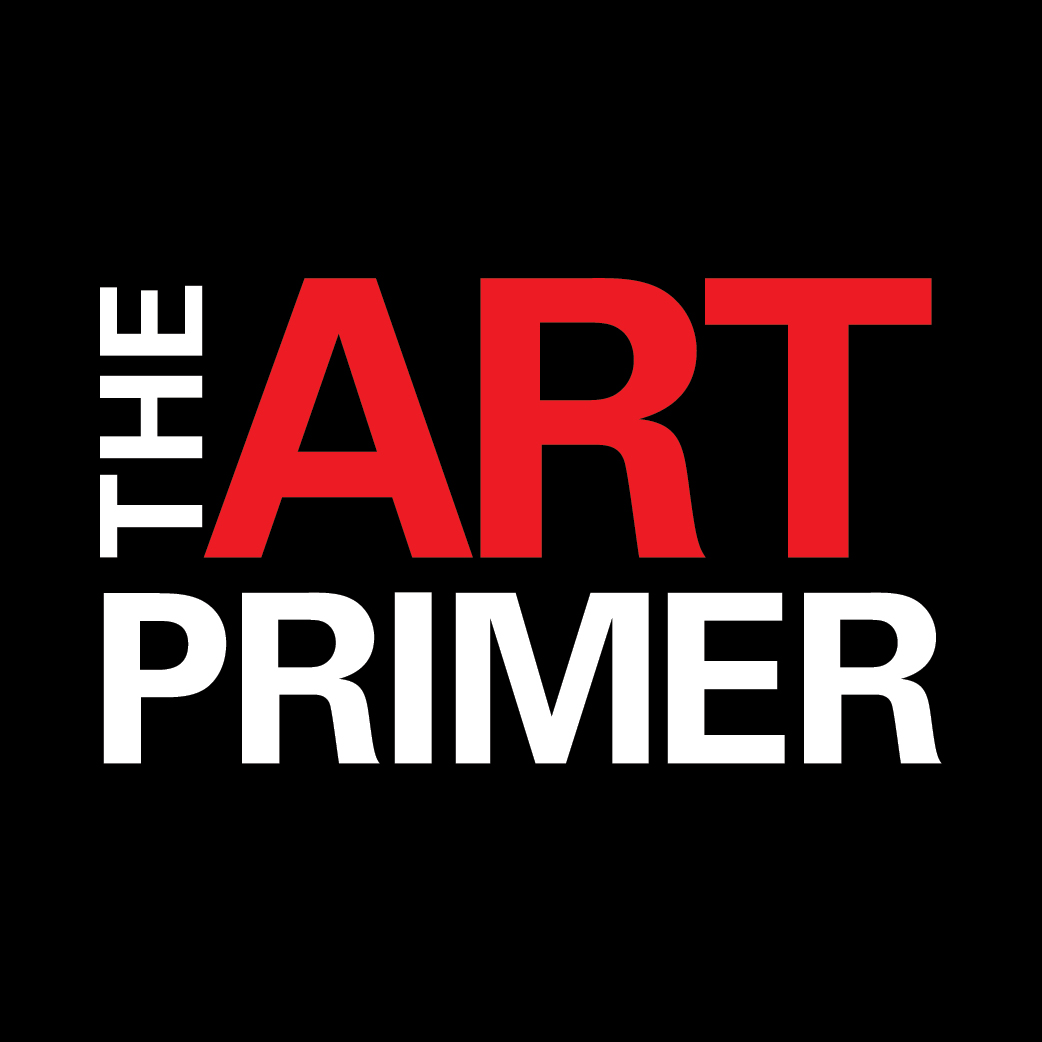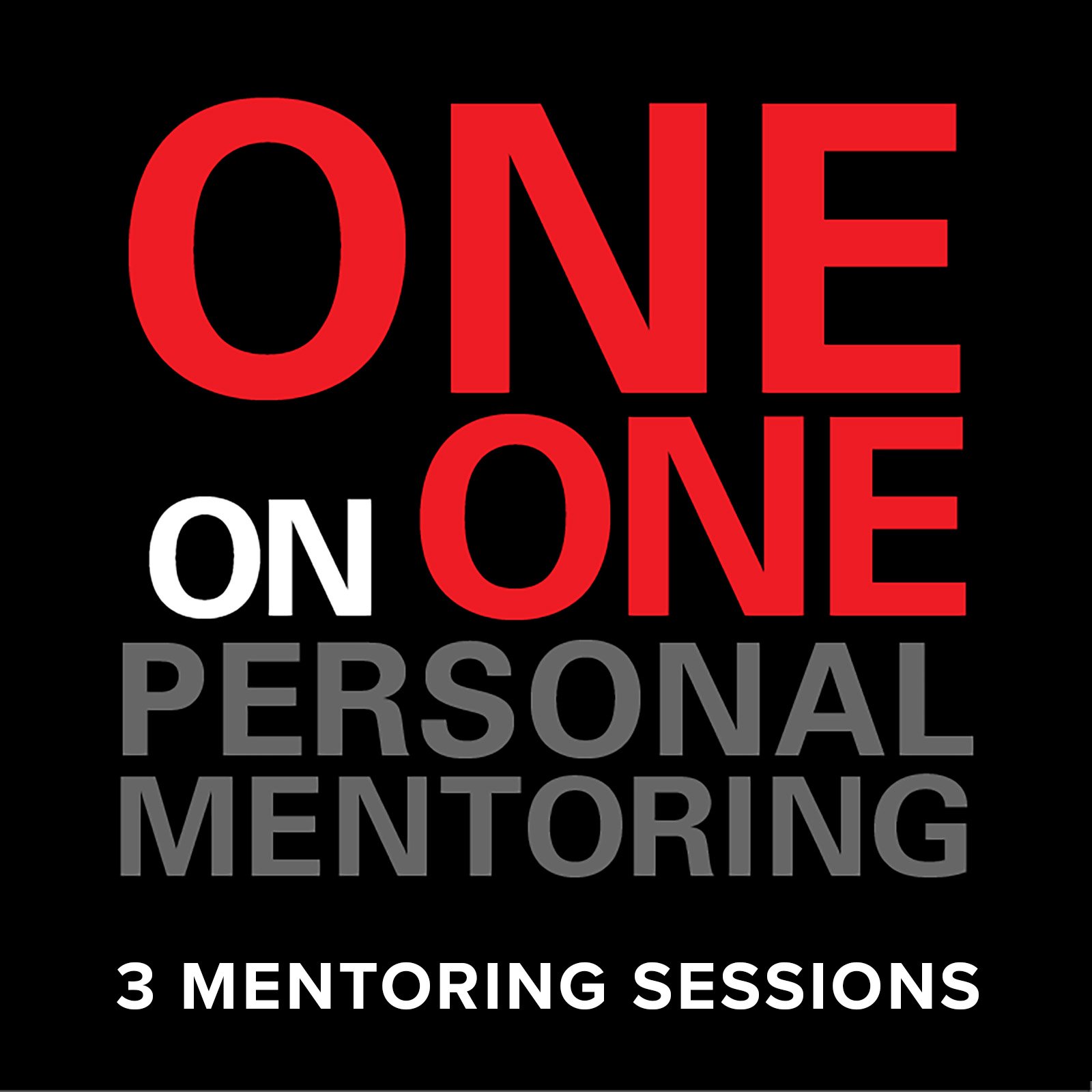Following the
BLACK LINE
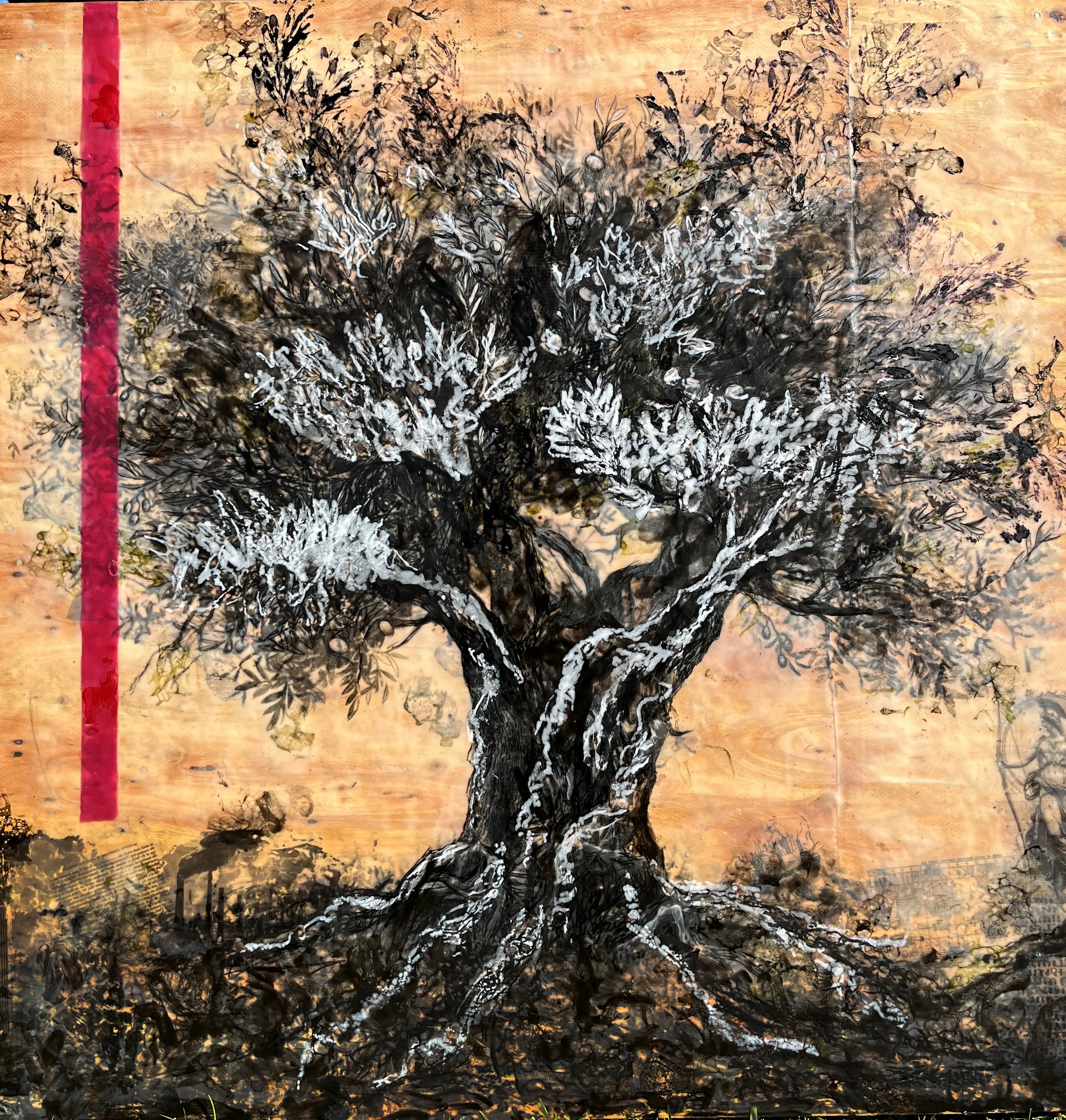
FOCUS ON MELISSA DE WINTER

focus on mark welsh

Focus on Melissa Clements
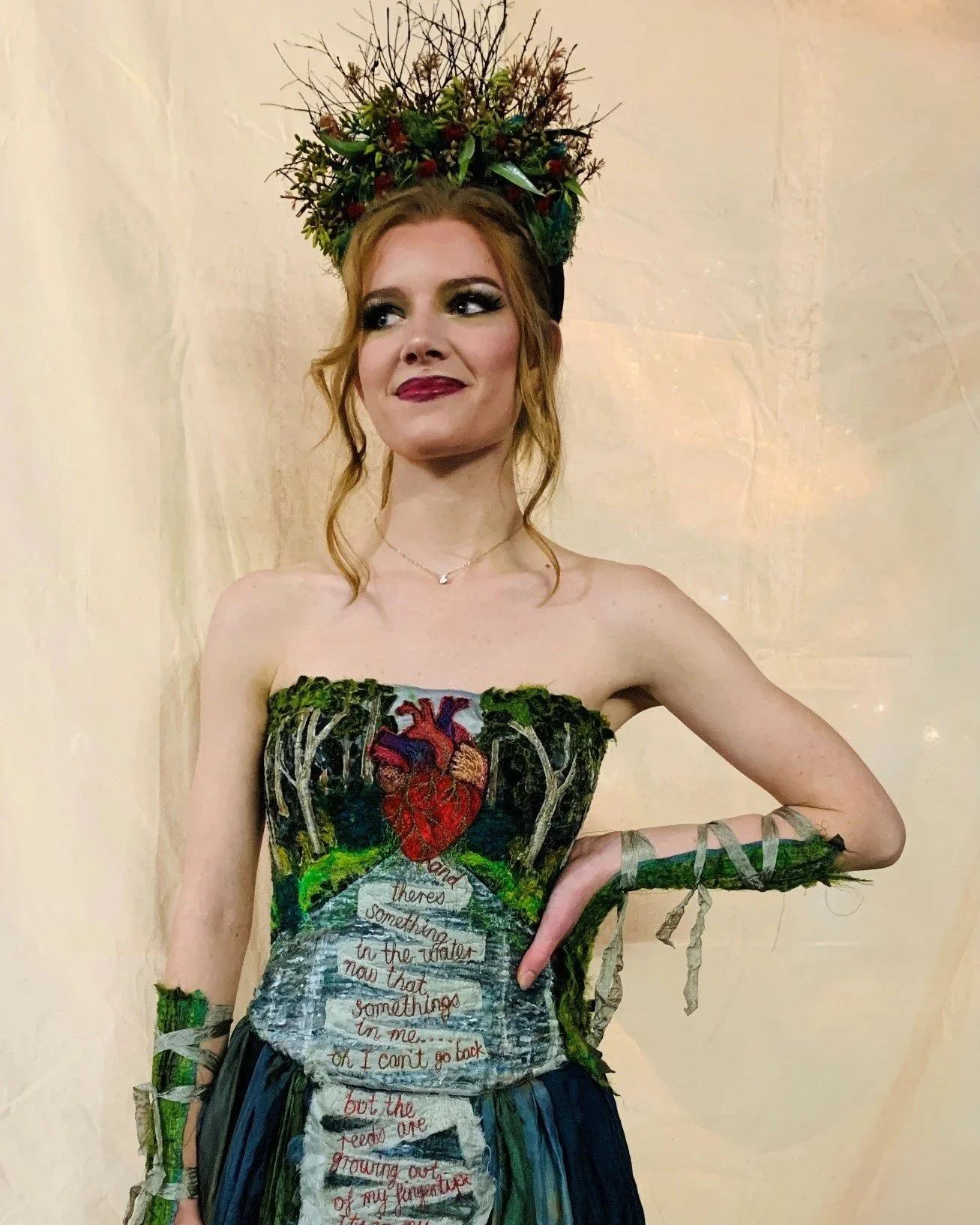
Focus on Cassi-jo davis

Focus on Peteris (Peter) Ciemitis

focus on shaun wake-mazey

Spotlight on kerri barrie
Tailgater created by artist Kerri Barrie using old car parts to create a wearable gown.

FOCUS ON SAM hopkins
‘Beyond the Surface’ by Sam Hopkins.

Focus on Alister Yiap
